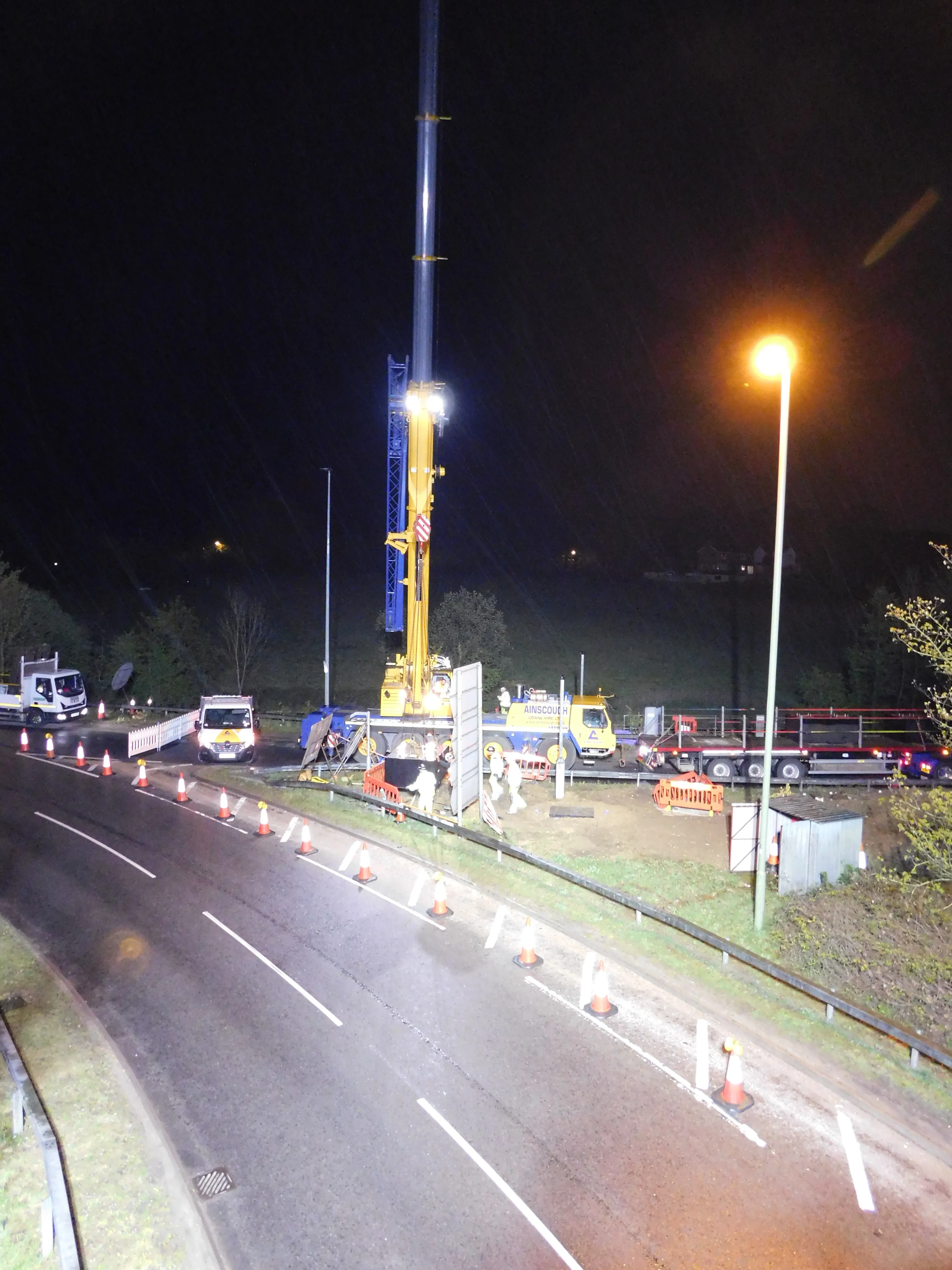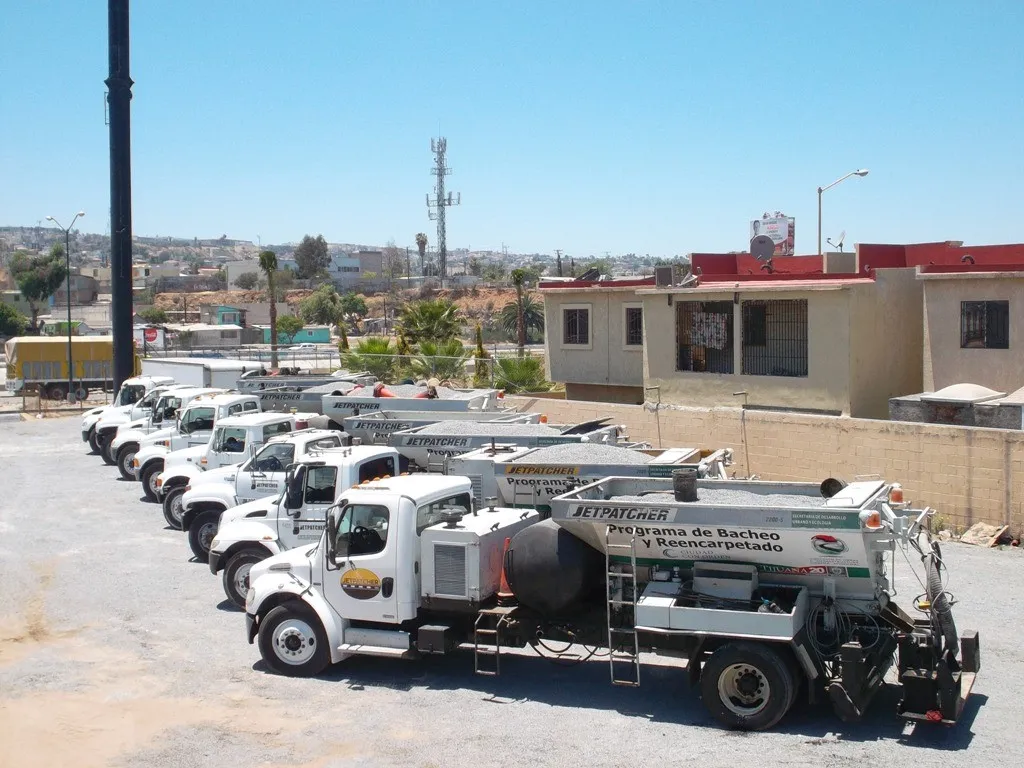
Marshalls Civils and Drainage has been installing its precast concrete bases for electronic signalling systems along England’s M27 as part of a smart motorway conversion.
The £244 million (US$338 million) motorway conversion by Highways England runs for 24km.
Between junctions 9 and 11, nine of the 2.3m x 1.6m x 1m deep concrete units have been installed by main contractor J McCann. The units along the will act as foundations for new slip road entry and stop signals to make the former hard shoulder a permanent running lane.
Marshalls says that the ESS installation was done by using MMC - Modern Methods of Construction – and was completed more quickly than would have been using the older cast-in-situ bases. This also eliminated the weather risk from planning the manufacture and installation. Between two and three of the units per night were lifted by crane into pre-prepared excavations then backfilled with self-impacting gravel.
The base units were manufactured with a bitumen coating at Marshalls’ production site in Mells, county Somerset, and are now being considered by McCann’s as standard use for electronic signalling systems. Marshalls is also hoping to supply 1200mm x 1200mm CCTV bases to McCann’s for the smart motorway conversion of the M6 motorway between junctions 21 and 26.
Bart Maslon, project supervisor with McCann, said the units were made-to -order because they had to be larger than usual. Being able to install up to four foundations per night would not be achievable if the foundations were cast on site. “Offsite is definitely the way forward. The Marshalls bases were manufactured, delivered and installed exactly as planned and programmed.”









